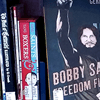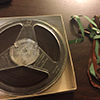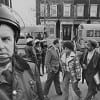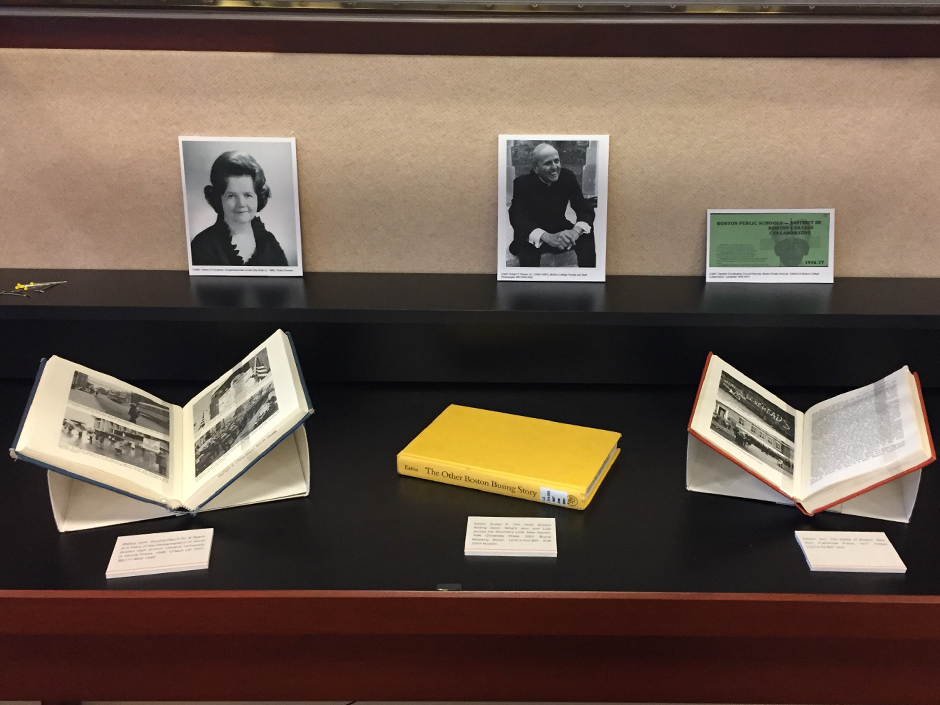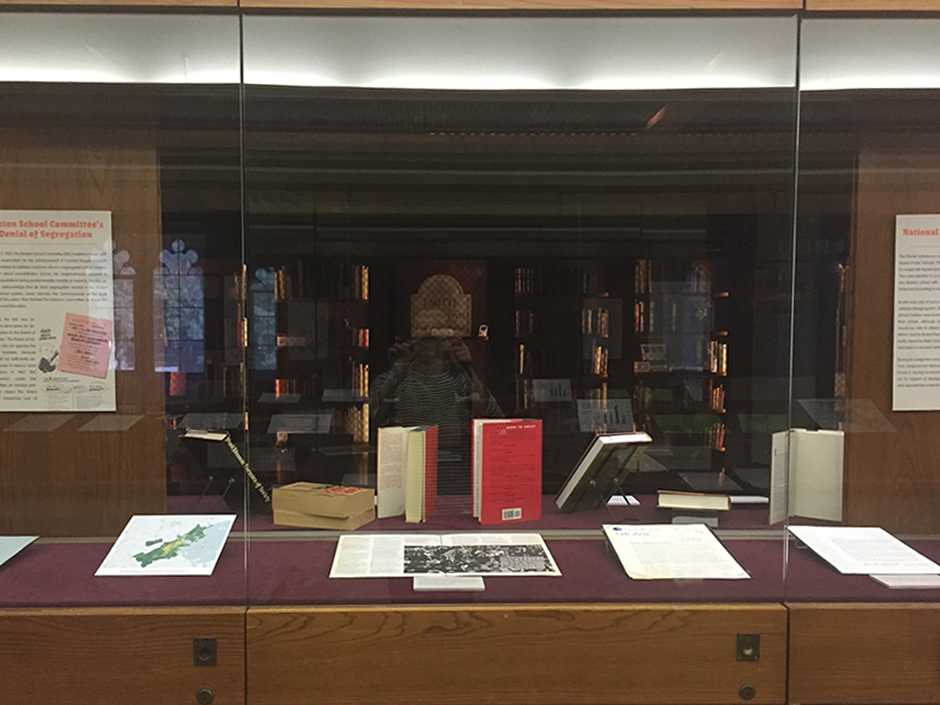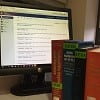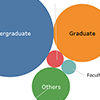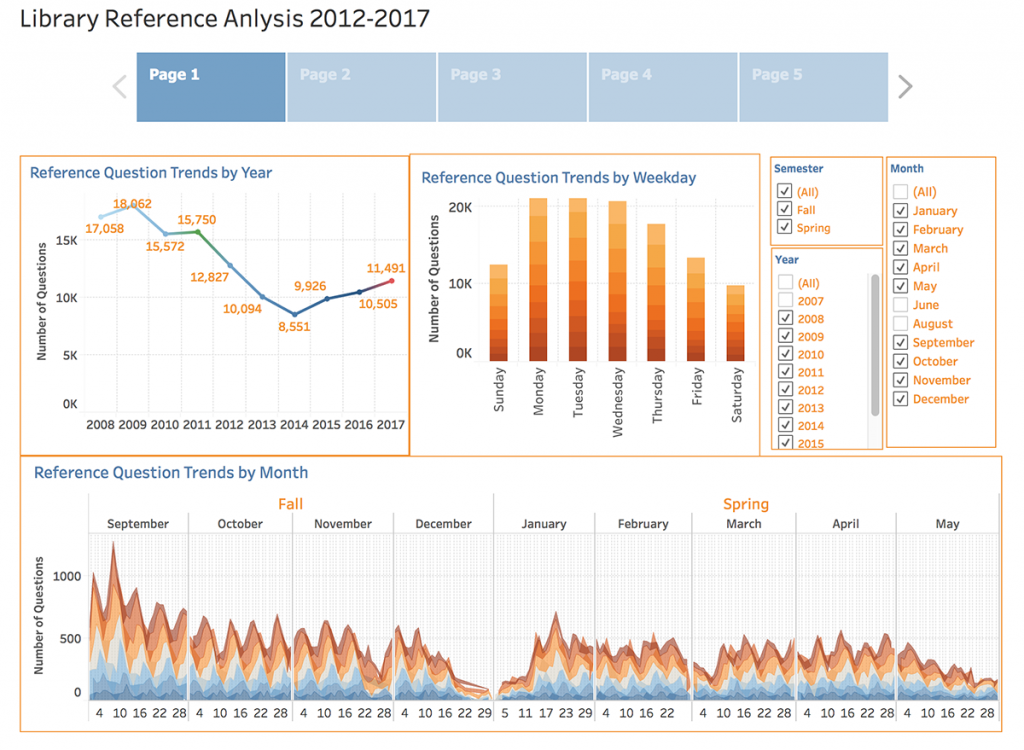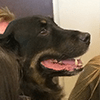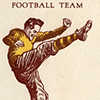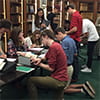If you’ve passed through the first floor of O’Neill Library recently, you may have noticed some shelves that are suddenly much more colorful. In November 2017, Boston College Libraries expanded our collection of comics and graphic novels and gave them a new home on the first floor of O’Neill Library.
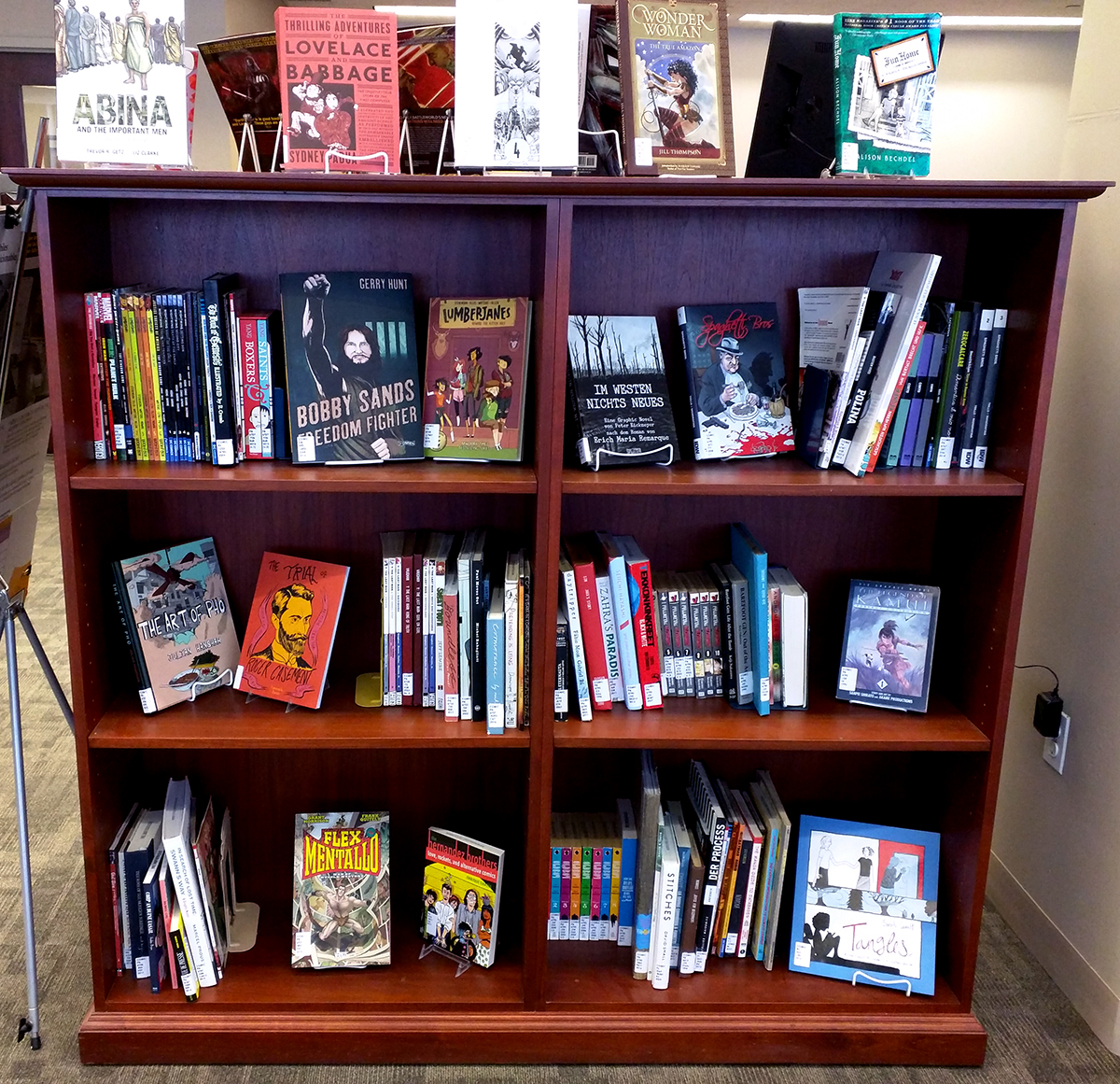
The collection, which includes everything from superhero stories to memoirs, is primarily intended for members of the campus community—and students in particular—to read just for fun. As we add to the collection, we’re paying close attention bestsellers, award winners, timely stories, and titles from major publishers such as Marvel, DC, Image, Fantagraphics, Vertigo, and Drawn & Quarterly.
Looking for something to read in between homework and extracurriculars? A few of our recommendations are below.
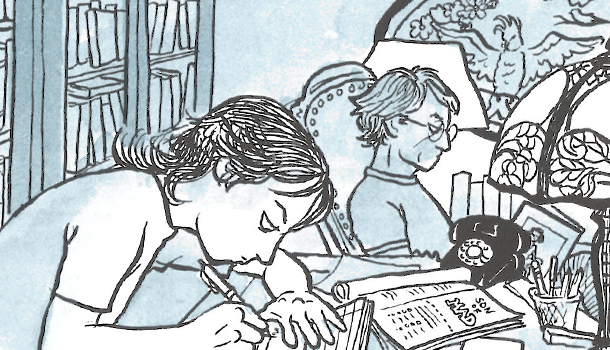
Fun Home: A Family Tragicomic. This critically acclaimed national bestseller tells the story of two people who share a house but live in completely different worlds.
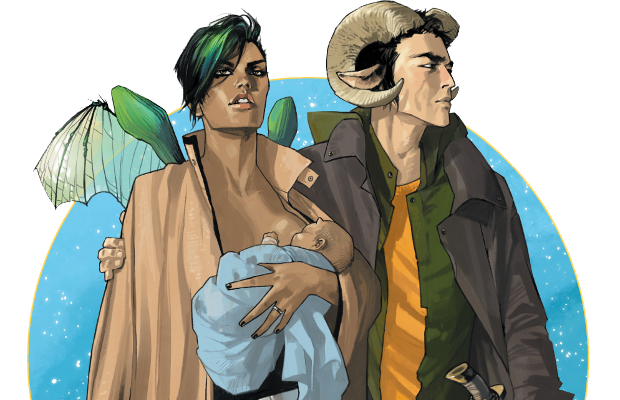
Saga. This epic series tells the story of a husband and wife on either side of a brutal war between alien races.

Everyone’s a Aliebn When Ur a Aliebn Too: A Book. Follow the adventures of Jomny, an alien sent to Earth to study the behavior, feelings and ideas of the planet’s creatures.
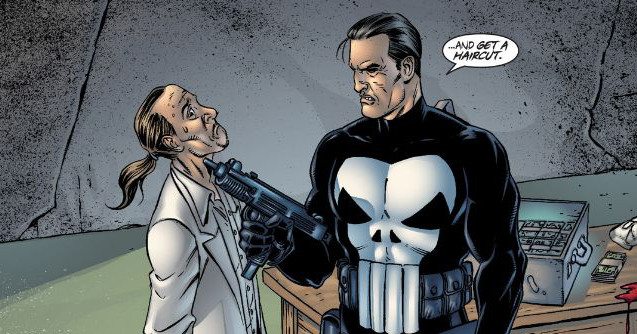
The Punisher: Welcome Back, Frank. If you enjoyed the Netflix series, you might like the comics on which the show is based. In the 2001 series of The Punisher, Frank Castle faces the Russian, now resurrected as a cyborg by stolen S.H.I.E.L.D technology.
The grassroots effort to give new life to our comics and graphic novels collection was led by a group of librarians who are comics readers themselves:
- Rodrigo Castro, Head of Access Services, O’Neill Library
- Chelcie Rowell, Digital Scholarship Librarian & Bibliographer for History
- Carli Spina, Head of Assessment & Outreach
- Adam Williams, Senior Reference Librarian & Bibliographer for Psychology & Social Work
Anderson Boone (Evening Reference Services Assistant), Lex Olivo (Evening Reference Services Assistant), and India Pasiuk (Evening Access Services Assistant) also contributed to the development of the collection.
To choose your next read, search the library catalog, or browse the shelves on the first floor. Like other items in our popular reading collection, books can be borrowed for 4 weeks. Not finding what you’re looking for? Add suggestions to the poster next to the collection. We’re always eager to know what you would like to read, and we plan to use these suggestions to build the collection in the future.
